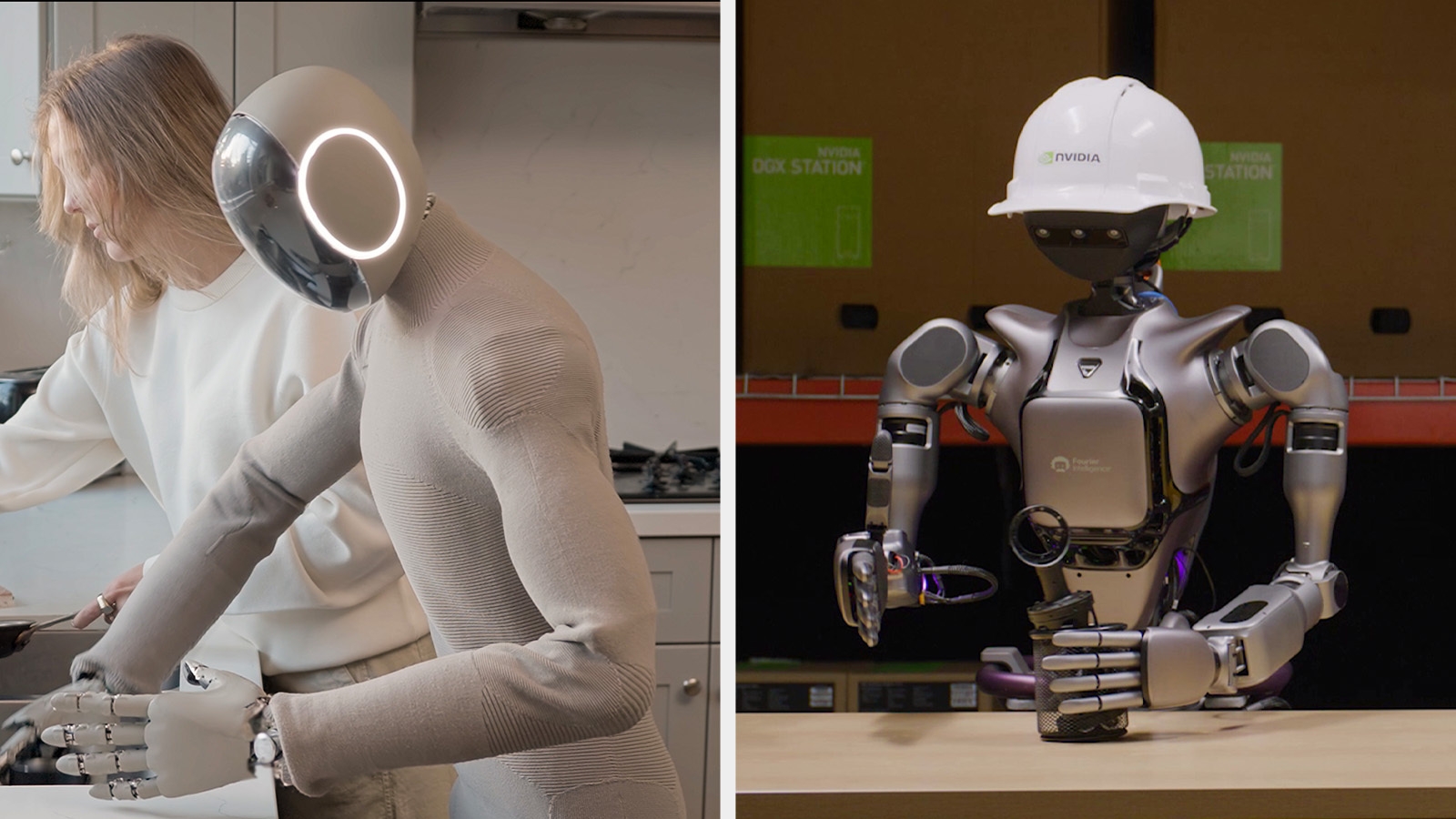
The Future of Robotics is Open Source: Meet GR00T
The robotics industry is on the cusp of a revolution. For years, the development of advanced humanoid robots has been a slow, painstaking process, hampered by the complexity of creating intelligent, adaptable machines. But a significant breakthrough has arrived, promising to democratize the field and accelerate innovation at an unprecedented rate. We’re talking about open-source foundation models for humanoid robots, and specifically, a game-changer named GR00T.
Imagine a world where building a robot capable of complex tasks isn’t confined to massive corporations with enormous R&D budgets. This isn’t science fiction anymore. A new open, customizable foundation model is poised to transform the way humanoid robots are designed and built, making it accessible to researchers, developers, and even hobbyists. This model, let’s call it GR00T for simplicity, represents a paradigm shift in robotics development.
GR00T is not just a collection of code; it’s a comprehensive toolkit designed to handle the intricate challenges of humanoid robot control and intelligence. Think of it as a pre-trained brain for your robot, capable of performing a wide array of tasks, from basic locomotion and object manipulation to more sophisticated behaviors like understanding and responding to human commands.
The beauty of GR00T lies in its openness and customizability. Instead of starting from scratch, developers can leverage this pre-trained foundation to build upon existing capabilities. They can fine-tune the model for specific tasks, adapt it to different robot platforms, and extend its functionality with custom modules and algorithms. This significantly reduces development time and costs, allowing researchers to focus on innovation rather than reinventing the wheel.
Beyond the model itself, a crucial element of this advancement is the accompanying simulation framework. Developing and testing robotics algorithms traditionally relies heavily on real-world testing, which can be expensive, time-consuming, and prone to unforeseen problems. The simulation environment provides a safe and efficient way to train and refine robot behaviors before deploying them in the real world. Imagine testing thousands of scenarios virtually before ever risking damage to expensive hardware.
This approach offers unparalleled opportunities for collaboration and knowledge sharing. The open-source nature of GR00T encourages a vibrant community of developers to contribute to its improvement, adding new functionalities, fixing bugs, and pushing the boundaries of what’s possible. This collective intelligence significantly accelerates the pace of progress, fostering a rapid evolution of humanoid robots.
The implications are far-reaching. From assisting in hazardous environments to providing care for the elderly, from performing complex industrial tasks to supporting individuals with disabilities, the potential applications of advanced humanoid robots are vast. GR00T’s accessibility promises to unlock these possibilities, accelerating the deployment of these versatile machines across a wide range of sectors.
This is not just about building better robots; it’s about building a more collaborative, efficient, and innovative robotics ecosystem. GR00T, with its open-source nature and comprehensive suite of tools, represents a significant leap forward, paving the way for a future where sophisticated humanoid robots are readily available to address real-world challenges and improve human lives. The future of robotics is open, and it’s incredibly exciting.



Leave a Reply